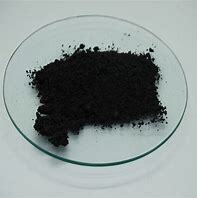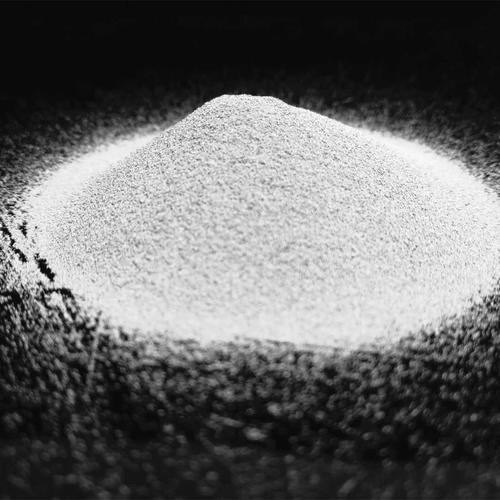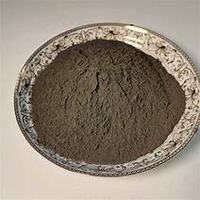1. Introduction
In a significant development reported just 48 hours ago, leading aerospace manufacturer Airbus announced a new partnership with an international titanium powder supplier to scale up production of certified Ti6Al4V powder for serial 3D printing of jet engine components. This move underscores the growing reliance on titanium powder in high-stakes additive manufacturing (AM) applications where performance, weight savings, and biocompatibility are non-negotiable.

Titanium powder—often referred to as ti powder or titanium metal powder—has evolved from a laboratory curiosity to a cornerstone of advanced manufacturing. Unlike commodity powders, titanium powder for 3D printing demands stringent control over particle size distribution, sphericity, and oxygen content. This article examines its niche yet critical role in additive manufacturing, with insights into pricing, material variants, and supply chain dynamics.
2. Titanium Powder in Additive Manufacturing
Additive manufacturing, or 3D printing, has revolutionized how complex metal parts are produced. Among all metal powders, titanium stands out for its exceptional strength-to-density ratio, corrosion resistance, and biocompatibility.
2.1. Key Titanium Powder Variants for 3D Printing
Not all titanium powders are suitable for AM. The most widely used is Ti6Al4V powder (also known as ti64 powder), a titanium alloy powder comprising 6% aluminum and 4% vanadium. It offers an optimal balance of mechanical properties and printability.
- Pure titanium powder (Grade 1 or 2) is preferred for medical implants due to its superior biocompatibility.
- Spherical titanium powder, typically produced via gas atomization, ensures smooth powder flow and dense part formation.
- HDH titanium powder (hydride-dehydride) is less expensive but often irregular in shape, limiting its use in high-precision AM.
2.2. Powder Characteristics That Matter

For successful titanium powder additive manufacturing, key attributes include:
- Particle size: Typically 15–45 microns for laser powder bed fusion.
- Sphericity: Critical for consistent powder spreading and layer uniformity.
- Low oxygen and nitrogen content: Prevents embrittlement during printing.
Gas atomized titanium powder remains the gold standard for aerospace and medical applications due to its near-perfect spherical morphology and purity.
3. Pricing and Market Considerations
The titanium powder price per kg varies significantly based on grade, morphology, and certification. As of mid-2024, titanium powder for 3D printing price ranges from $300 to $800/kg, with Ti6Al4V powder price often at the higher end due to alloying complexity.
Factors influencing titanium powder cost include:

- Production method (gas atomization vs. HDH)
- Certification for aerospace or medical use (e.g., ASTM F3049)
- Order volume and supplier location
Buyers seeking to buy titanium powder must evaluate not just titanium powder price but also consistency, traceability, and technical support from their titanium powder supplier.
3.1. Comparison with Refractory Metal Powders
While titanium dominates lightweight AM, other high-performance powders like molybdenum powder and tungsten powder serve complementary roles in extreme environments.
- Molybdenum metal powder (including tzm powder and molybdenum disulfide powder) is used in high-temperature tooling and furnace components.
- Tungsten metal powder and tungsten carbide powder are favored for radiation shielding and wear-resistant parts.
Though molybdenum powder price and tungsten powder price per kg are generally lower than titanium, their densities and processing challenges differ markedly. For instance, tungsten powder density exceeds 19 g/cm³, making it unsuitable for weight-sensitive applications but ideal for kinetic penetrators or counterweights.
4. Specialized Titanium-Based Powders
Beyond standard titanium metal powder, niche derivatives serve advanced functions:
- Titanium nitride powder and titanium carbide powder enhance surface hardness in coatings.
- Titanium diboride powder (TiB2 powder) and titanium boride powder are used in composites for improved stiffness and wear resistance.
- TiH2 powder (titanium hydride) acts as a foaming agent in metal matrix composites.
- TiO2 nano powder and tio2 powder find use in photocatalysis and UV-blocking coatings, though not in structural AM.
Note that titanium flash powder and burnt titanium powder coat are unrelated to industrial AM and pertain to pyrotechnics or surface finishing, respectively.
5. Sourcing and Procurement
When looking to buy titanium powder for sale, engineers must consider certifications, powder morphology, and supplier reliability. Reputable international titanium powder suppliers often provide material test reports (MTRs) and support qualification for regulated industries.
Similarly, those sourcing molybdenum disulfide powder for sale or tungsten carbide powder for sale should verify purity, particle size, and application-specific suitability. Global tungsten & powders corporation and other specialized vendors offer high density tungsten powder and fused tungsten carbide powder for demanding thermal spray or sintering applications.
6. Conclusion
Titanium powder has cemented its role as an enabler of next-generation additive manufacturing, particularly in aerospace and biomedical engineering. With ongoing advances in powder production—such as plasma atomization and satellite-free spherical powder synthesis—the titanium 3d printing powder market is poised for further growth. Understanding the nuances of titanium powder uses, pricing, and alternatives like moly powder or wolfram powder ensures informed material selection for high-value applications.
Our Website founded on October 17, 2012, is a high-tech enterprise committed to the research and development, production, processing, sales and technical services of ceramic relative materials such as How. Our products includes but not limited to Boron Carbide Ceramic Products, Boron Nitride Ceramic Products, Silicon Carbide Ceramic Products, Silicon Nitride Ceramic Products, Zirconium Dioxide Ceramic Products, etc. If you are interested, please feel free to contact us.
